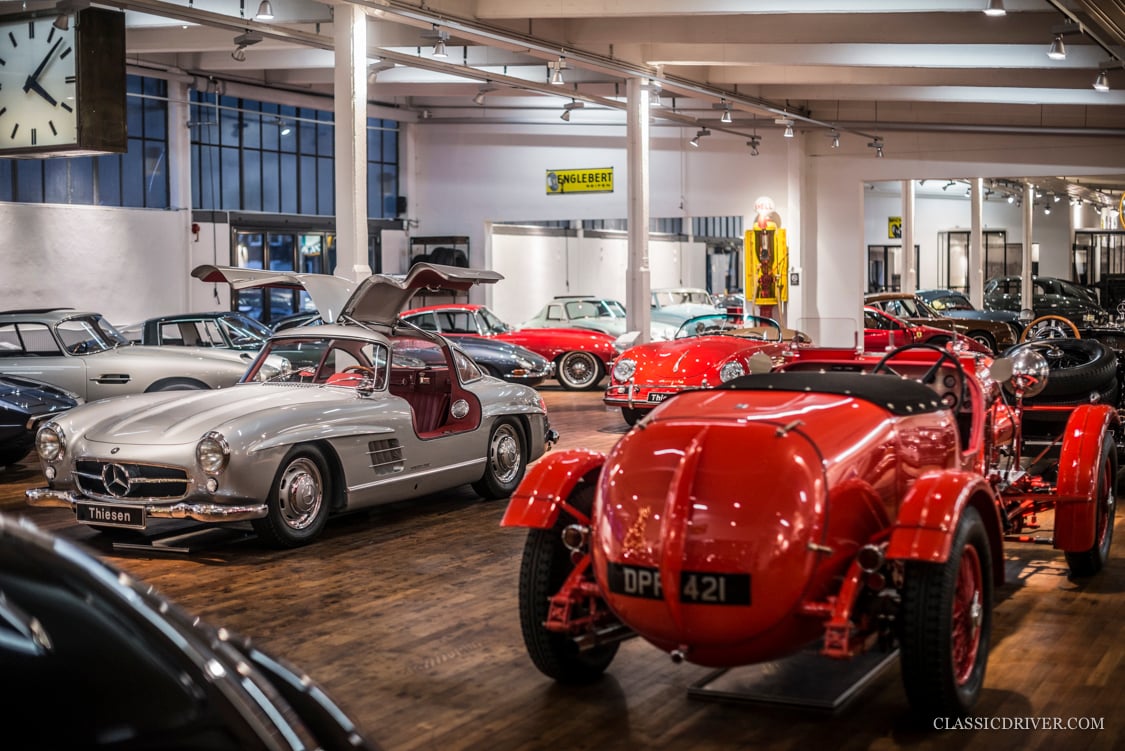
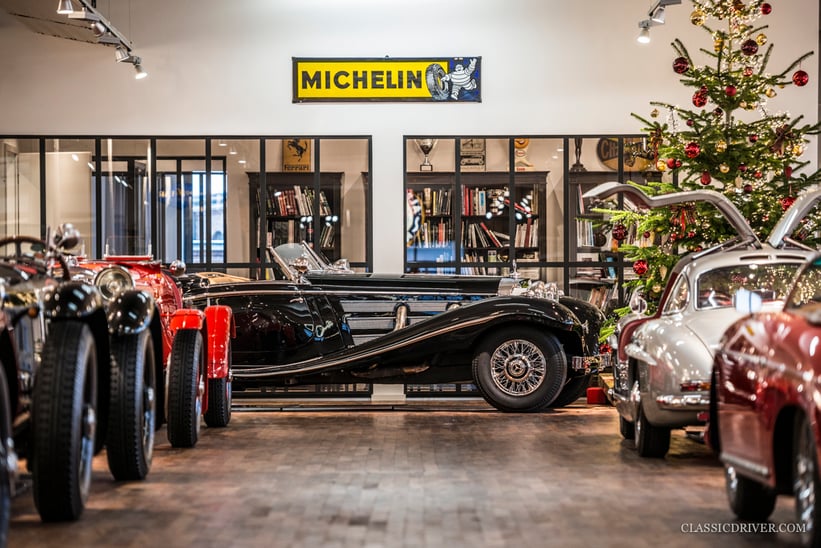

Since 1972, Eberhard Thiesen has been offering automotive rarities in Hamburg and – thanks to a healthy mix of passion, high standards, total commitment and discretion – the classic showroom is one of the finest in Europe. The range of automotive jewels extends from exceptional pre-War classics and little-known rarities, through forgotten brands and coachbuilders, to the super-sports-cars of the 1980s. Common to all, however – whether Blower Bentley or Tatra, Mercedes-Benz Gullwing or Ferrari F40 – is the outstanding quality. The team pays almost obsessive attention to each car’s originality and history, provenance and restoration. For many years, the Thiesen showroom was hidden away in an inconspicuous garage near the Alster Lake. Then, in the summer of 2014, the team moved into the spacious surroundings of a former wool mill in Hamburg-Othmarschen, where the four-wheeled treasures are seen to good effect. At this time of year especially, they glisten seductively. Shortly before Christmas, we visited our longtime friend Timm Meinrenken, who manages the company alongside Eberhard Thiesen.
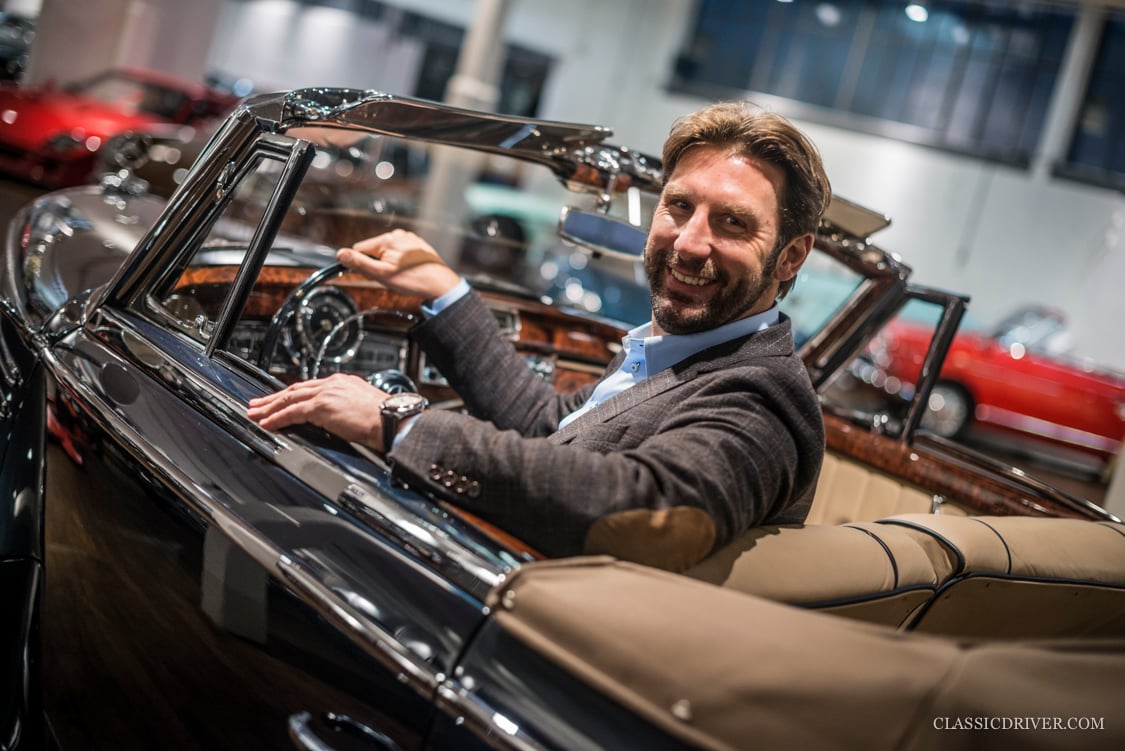


What is your first automotive memory?
I was indoctrinated almost as soon as I was born, when I was taken home from the hospital for the very first time, as my father then drove a 1969 Mercedes 200/8. So perhaps it’s no wonder I developed a special affinity for the Mercedes brand. When I was only 17 years old I bought my first ‘8’, and set about repairing it in my parents’ garage. Through the following years, various models have been added – from the Fintail to the 280SE 3.5 Coupé. I also developed a strong interest in motorsport, initially as a spectator, but in the late 1990s I took a turn at the wheel. Today, I participate in historic racing and rallying right across Europe.

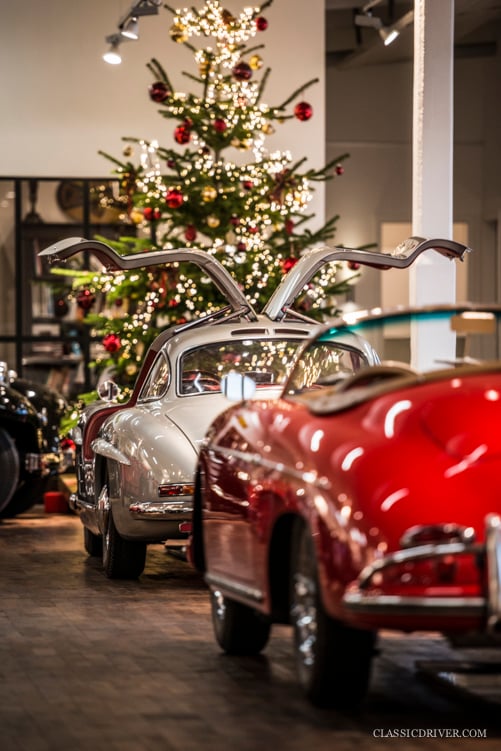
Where does your passion for classic cars come from? And what prompts your love of particular models?
First, because of childhood memories of a particular vehicle, and secondly, when I am amazed by the design of a model. An Alfa Romeo 8C 2900B Touring Spider or Coupé are, for me, easily the most beautiful automobiles ever built. As well as the shape, there’s the technology and performance. Most vehicles that inspire me are from the Fifties and Sixties, when motorsport history was written, and these cars can be driven on racetracks relatively quickly today. I’m talking about cars like the Ford GT40, the AC Cobra, the DB4 GT, the Iso Grifo A3/C and some models from Porsche and Ferrari. But I’m also impressed by the sporting pre-War cars from Bugatti, Mercedes, Bentley, Lagonda, Alfa Romeo, and so on.
Whizzing along the road in a racing Mercedes-Benz SSK, with a 7.1-litre, 300HP aero engine. That’s certainly one of the most memorable experiences.
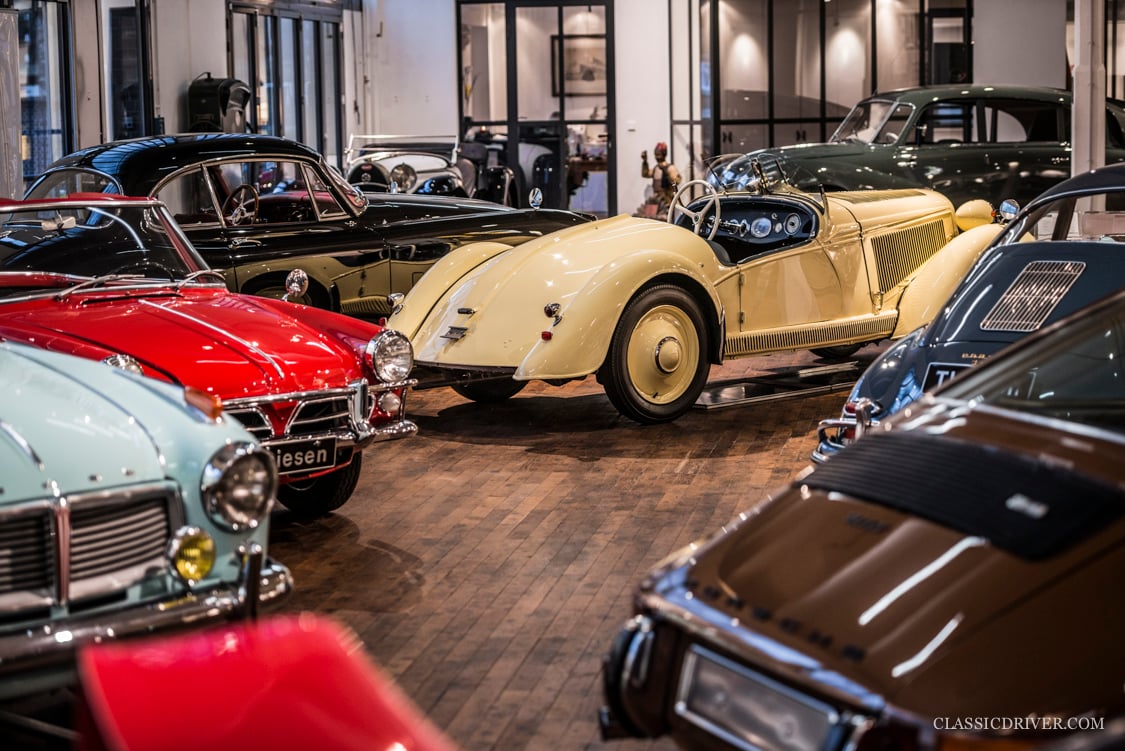
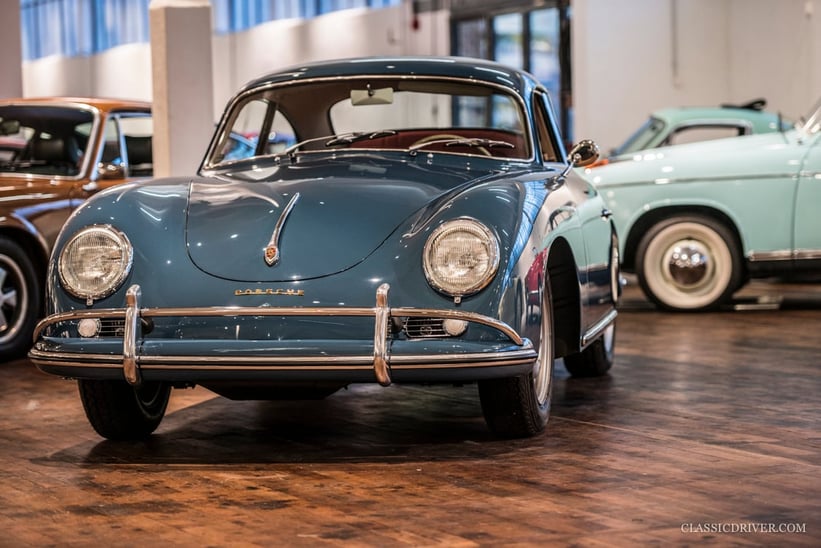
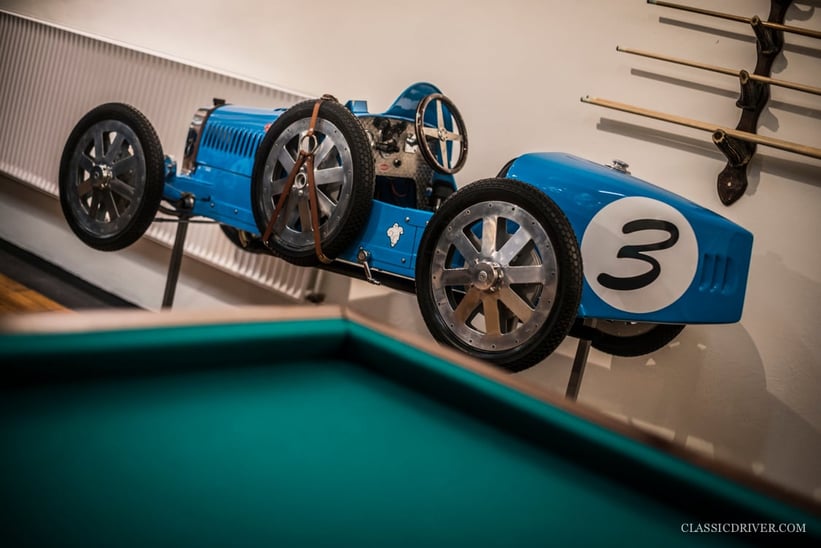
How did you end up at Thiesen?
I grew up in the countryside and Hamburg was a natural place to head for, to work. In the early 1990s, after my business studies, I met Eberhard Thiesen and began to work alongside him. A few years later we took over the long-established and well-known historic premises in Hamburg-Pöseldorf. We gradually expanded the company until Thiesen became one of the world’s leading classic car dealerships.
What was your role in the company?
I've always thrown myself into the marketing activity, being there during auctions and major concours d'élegance, and I’ve always enjoyed classic car rallies and historic motorsport events, such as the Le Mans Classic or Goodwood Revival. Even the important trade fairs were events I made sure to attend, and in this way I’ve built up a huge network of contacts. Having steered the fortunes of the company over the years as Mr. Thiesen’s ‘right hand man’, I am now an official partner and managing director.
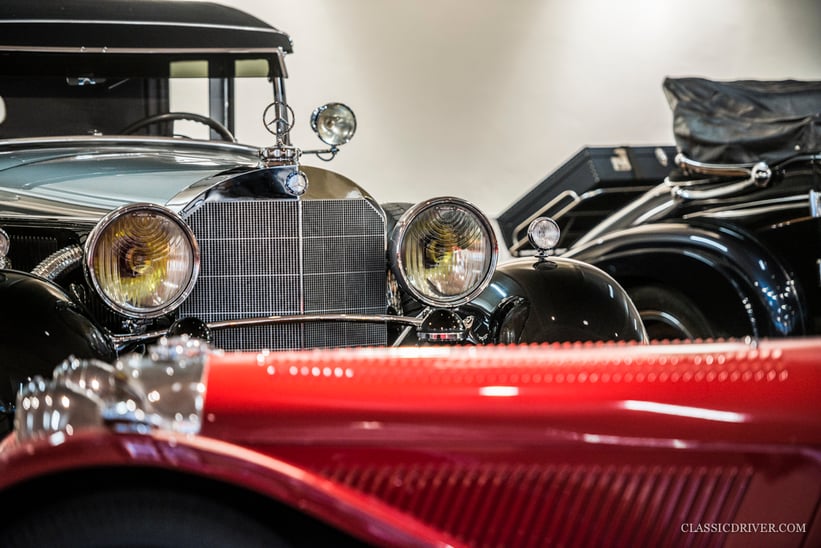

Is Thiesen exclusively dedicated to sales, or do you undertake restoration work too?
The focus is always on sales. Of course, we check the vehicles and have the entire stocklist serviced – either in-house, or at specialist workshops with whom we work closely.
How would you describe your automobile mix? And what kind of customers do you attract?
Here in Hamburg, we have many customers who own between two and four classic cars, plus some high-profile collectors. In general, we are active throughout the world, but the focus is on Europe. Our team has grown over the years and is distinguished by specialist knowledge of particular periods and types of vehicle, hence we can serve different customers with very different interests – both pre- and post-War. Another reason for our success is probably down to personal interests, in my case for sporty cars from 1950 to 1970, with a focus on racing and rallying.
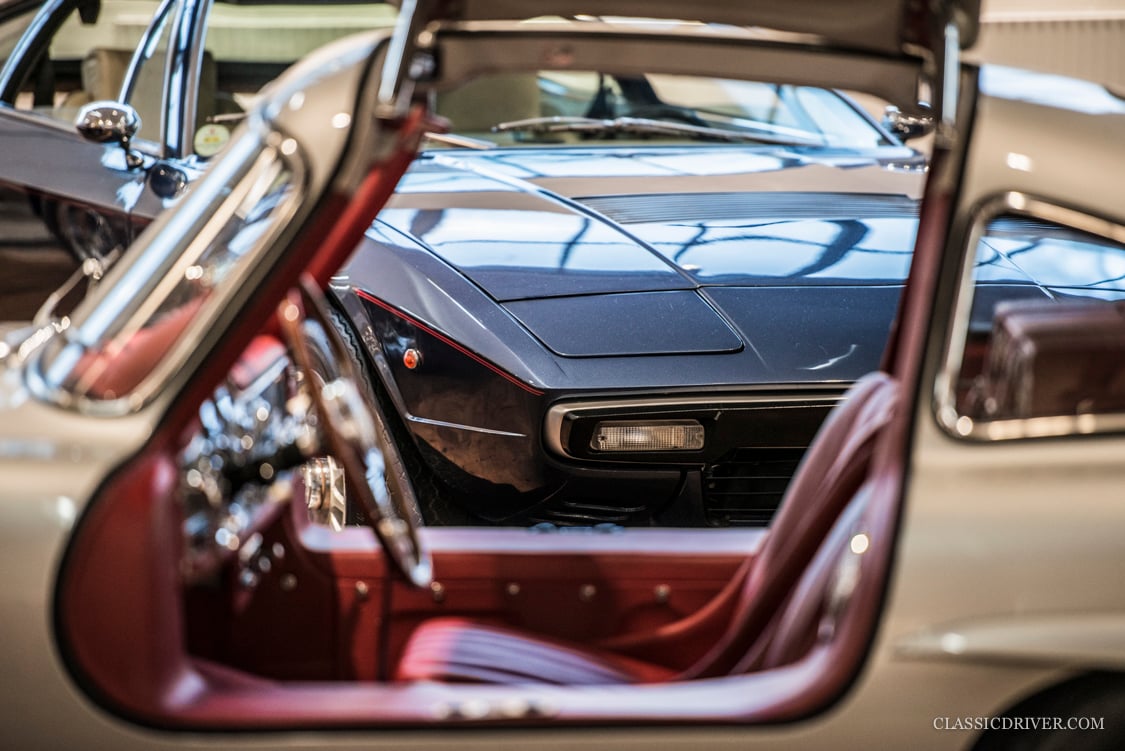

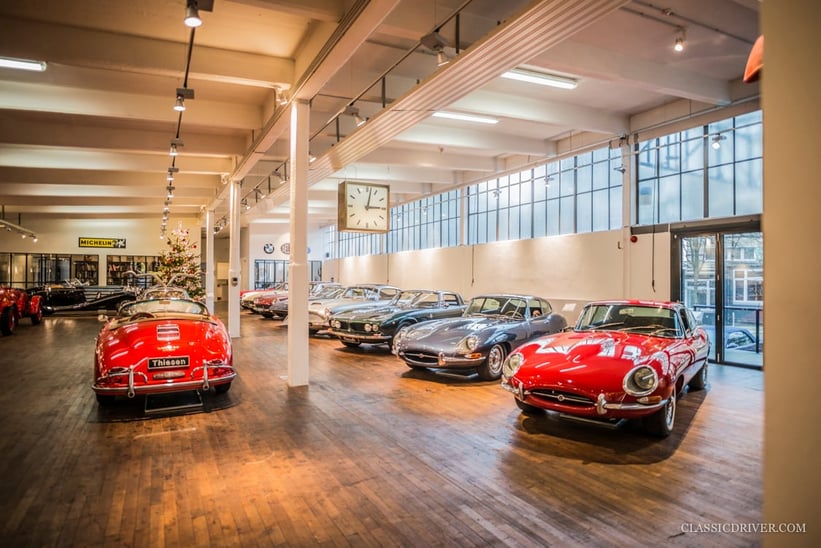
Some time ago, Thiesen Hamburg moved from its Mittelweg premises to a former wool mill in Othmarschen. How important was the history of the building?
When our Mittelweg premises became too small, we looked around for a suitable showroom, dreaming of somewhere with a historical ambience that was large enough to cater for workshops around us. The presentation of historically valuable vehicles in the right atmosphere is extremely important, and we felt that the former mill could offer that.
There is also a branch of Thiesen in Berlin – in the Classic Remise, an old tram depot. How does that work? Do you share a stocklist?
Yes, we work closely together and market the stock jointly. Two-thirds of the vehicles are accepted on a commission basis, and one-third we own ourselves. Some of the cars are acquired via our Berlin office.
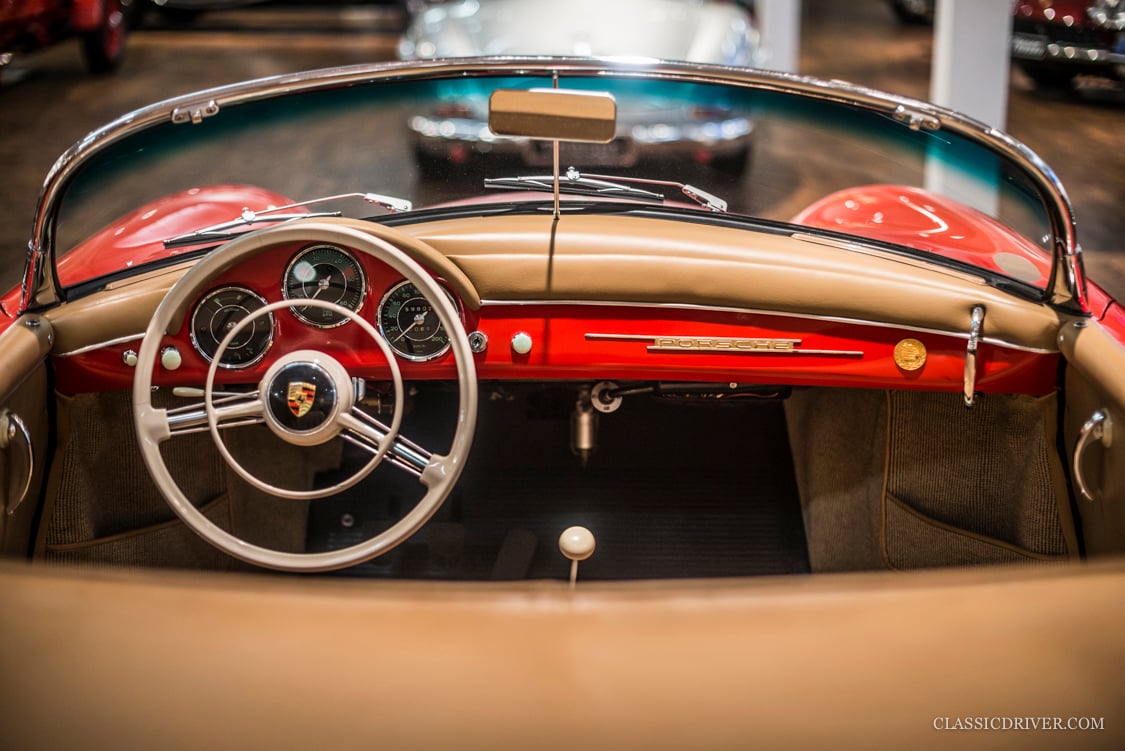
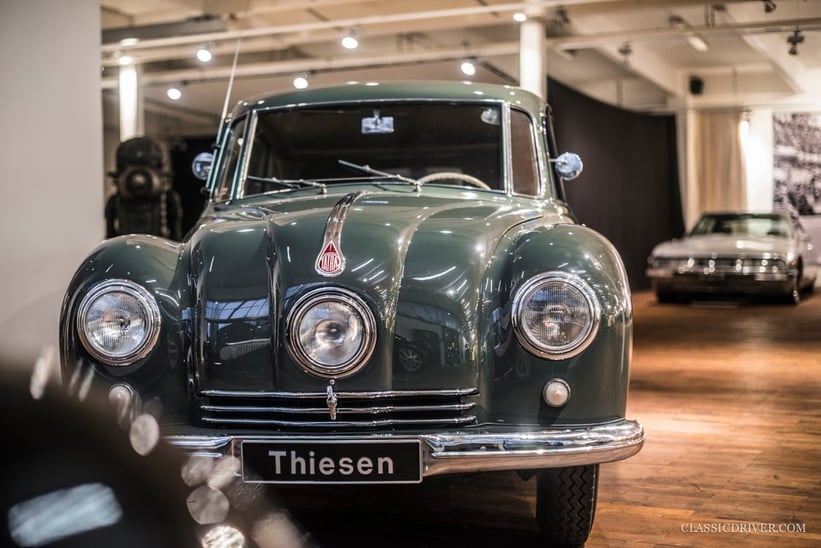
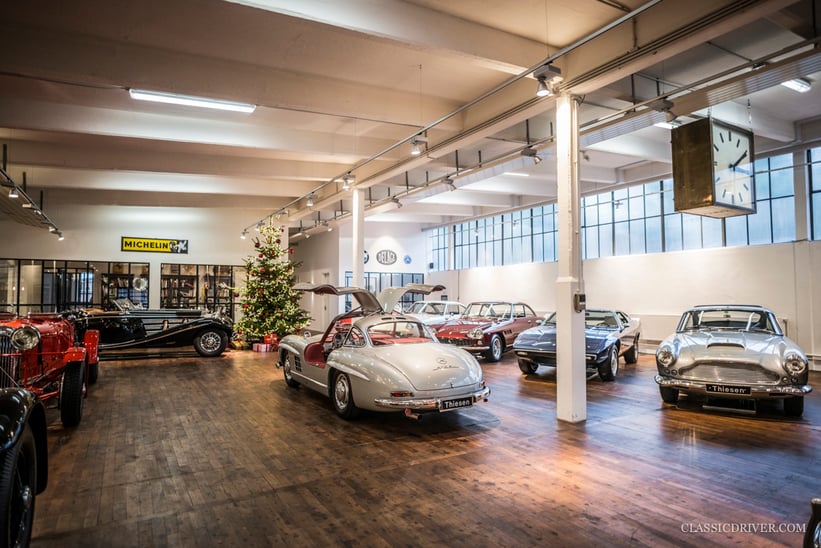
How do you see the market developing, price-wise, especially for those classics that were built in large numbers?
It’s a complex issue. Basically, I think the classic market is very solid and, in my opinion, there is still decent potential for growth. Rare and very special vehicles are likely to keep increasing in value; and collector cars built in larger numbers, such as the Mercedes 300SL Roadster or Coupé, will always be a safe investment, even if prices are currently stagnating. Classics in the 100,000-200,000-euro bracket are in high demand at the moment, but it’s essential to buy the ‘right’ car, with a high standard of restoration and/or originality – and above all at the right price. Outstanding vehicles generate correspondingly high prices and will continue to grow in value.
Which classic makes a good investment at the moment? And what are the classics of the future?
If I knew, I’d buy them now and put them away. Generally, however, the market focuses on cars from the late 1960s to the early ’80s. Future classics are likely to be the supercars from such major brands as Ferrari, Porsche, Lamborghini, Bugatti and Mercedes.
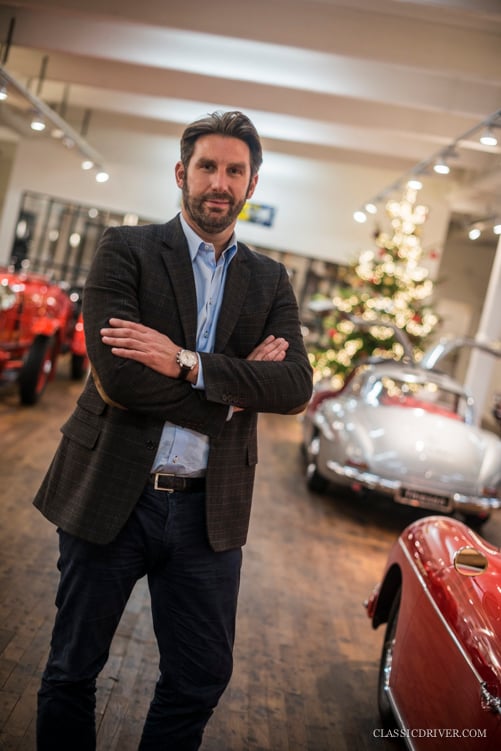
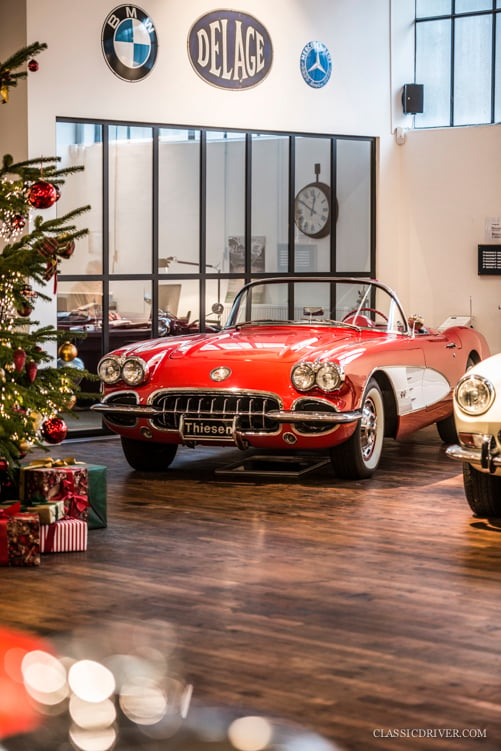
Which cars that you’ve had in the showroom in the past would you love to have back?In the pre-War category, the racing Mercedes SSK mentioned previously; and among the post-War cars, probably an Iso Grifo A3 Competizione.
If money were no object, which classic would you want for Christmas?
I’d like three, please: a Ferrari 250 GT Zagato, an Alfa Romeo 8C 2900 B Touring, and an Iso Grifo A3/C.
Do you drive a classic yourself?
We have a six-seater for the family in the form of a 1966 Mercedes 230S Fintail-Kombi, formerly a hunting car belonging to the Shah of Persia. As an elegant motorhome for short trips, we have a 1971 Mercedes 280SE 3.5 Coupé; and for competition use, a 1970 Porsche 911 S, a Lotus Cortina and an Iso Rivolta Le Mans. And my wife drives a 1973 Porsche 911E Targa.


















































